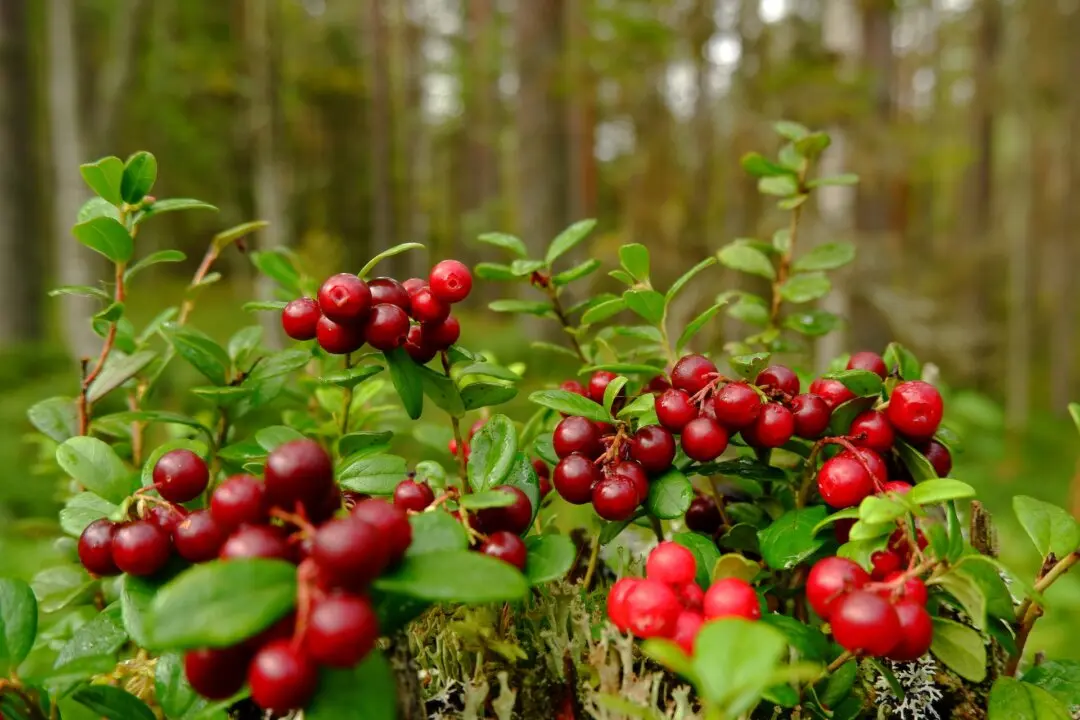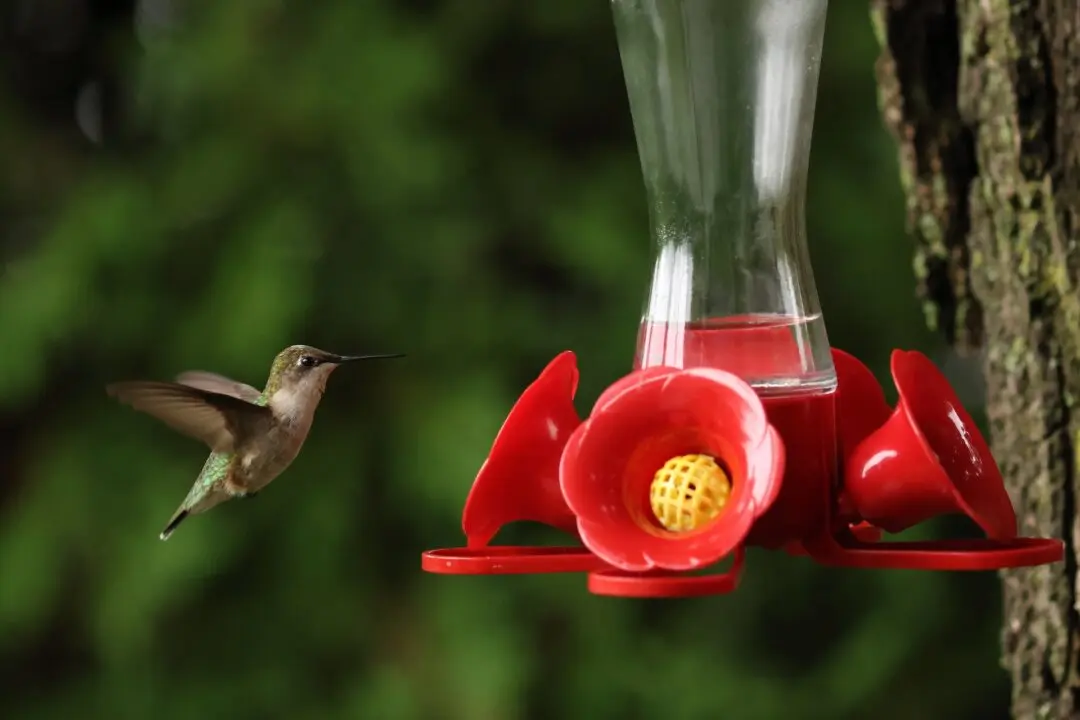Q: My neighbor has a plum tree near our yard. This year, I have discovered about a dozen plum tree sprouts in my flower beds and lawn. Is there a way to control them, short of removing his tree? Digging them out is leaving holes in the grass and beds.
A: First, you need to see if there are sprouts coming up from the roots or if they are new seedlings sprouting on their own. New seedlings from different trees in your neighborhood or those brought by birds or squirrels are common. In the past few days, I have pulled at least nine species of baby trees from my flower beds. The new seedlings tend to come up near the tree that the seeds come from, but I found two species in my yard that I don’t know where the nearest tree is growing.





